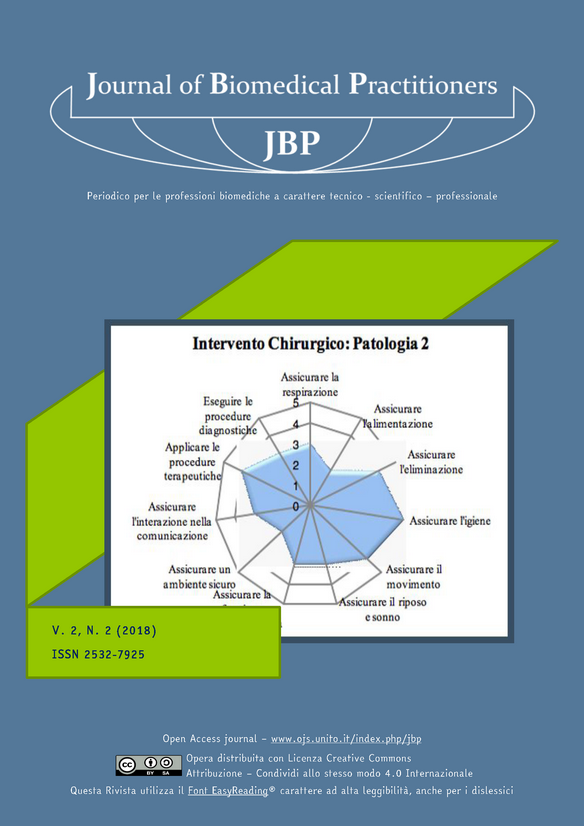Cerebral palsy rehabilitation: comparison between italian child centred and canadian family centred healthcare models
Main Article Content
Abstract
BACKGROUND
Among disabling pathologies, that affect children from birth, Cerebral Palsy (CP) is the most important for frequency and multiplicity of associated disorders. Care of CP requires a long and complex rehabilitation process that involves healthcare services, educational facilities, and social agencies, but above all family members (SCPE 2000).
In Canada, families have decision-making power in childcare, which includes rehabilitation treatments and socio-educational interventions. This family-centered approach presupposes a shared responsibility between caregivers and family in planning and applying child rehabilitation therapies. In Italy, “Recommendations for cerebral palsy rehabilitation” provide for a drafting of an Individual Rehabilitation Plan (PRI), according to the ICF-CY model. Designing the therapeutic project (PRI) is the physician’s responsibility, who subsequently involves the family in reaching objectives, timing interventions, realizing setting modalities and measuring outcomes. This approach is child-centered, however with the participatory involvement of family.
The aim of this study is to compare the perception of Italian and Canadian families regarding these two different healthcare models in CP rehabilitation.
Methods
Data from 219 MPOC-20 and 75 MPOC-SP questionnaires were collected from child healthcare services in Emilia Romagna Region and compared to Ontario province data published by CanChild.
Results
By comparing MPOC-20 and MPOC-SP results obtained in Emilia Romagna and Ontario, we found that average values of various domains reveal few differences. The only domain showing lower results for Emilia Romagna concerned child-specific information supply (Emilia Romagna average is 4.69, Ontario is 5.23). On the contrary, for all the remaining domains, Emilia Romagna had higher averages. Considering physiotherapist questionnaires, we found higher satisfaction levels regarding treatment in Ontario. The greatest difference related to the “Providing General Information” domain: parental perception; Emilia Romagna average was 3.74, while Ontario’s average was 4.68. For the domain “Showing Interpersonal Sensitivity”, satisfaction was high for both countries: 5.76 in Emilia Romagna, 5.83 in Ontario.
Discussion
Communication regarding general aspects, pathology and treatment information must be improved in Emilia Romagna in order to increase satisfaction and cooperation between families and healthcare professionals.
Conclusions
The study results allow us to conclude that Italian and Canadian family satisfaction of healthcare quality is quite similar, and that the Italian model of CP rehabilitation, with a few slight modifications, could be judged competitive. An organizational model focused on the child, constantly involving the family in care programs, which we could coin "Child and Family Centre approach", would seem to be the key to a higher quality, efficacy and efficiency service.Downloads
Article Details
The authors agree to transfer the right of their publication to the Journal, simultaneously licensed under a Creative Commons License - Attribution that allows others to share the work indicating intellectual authorship and the first publication in this magazine.

